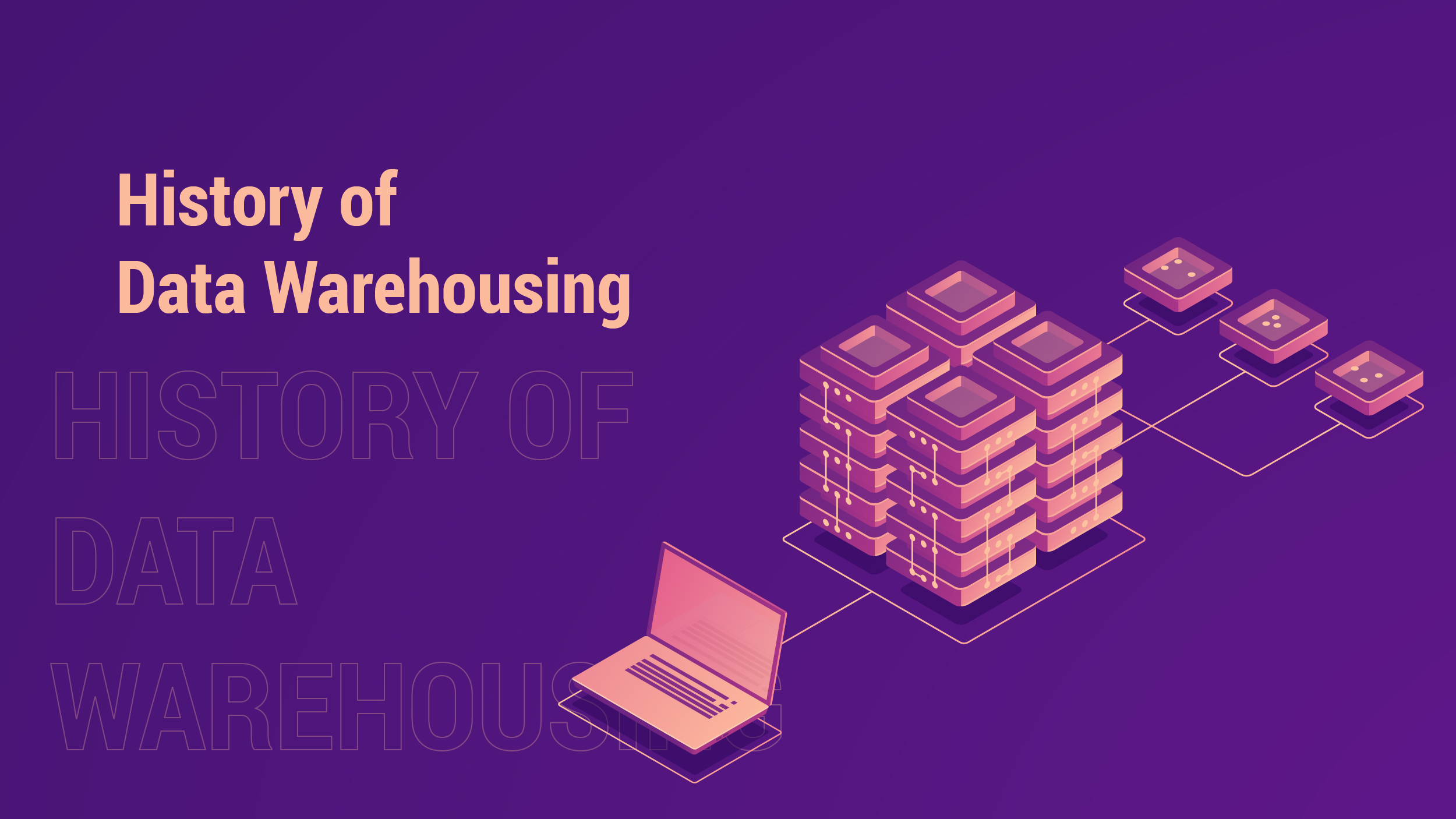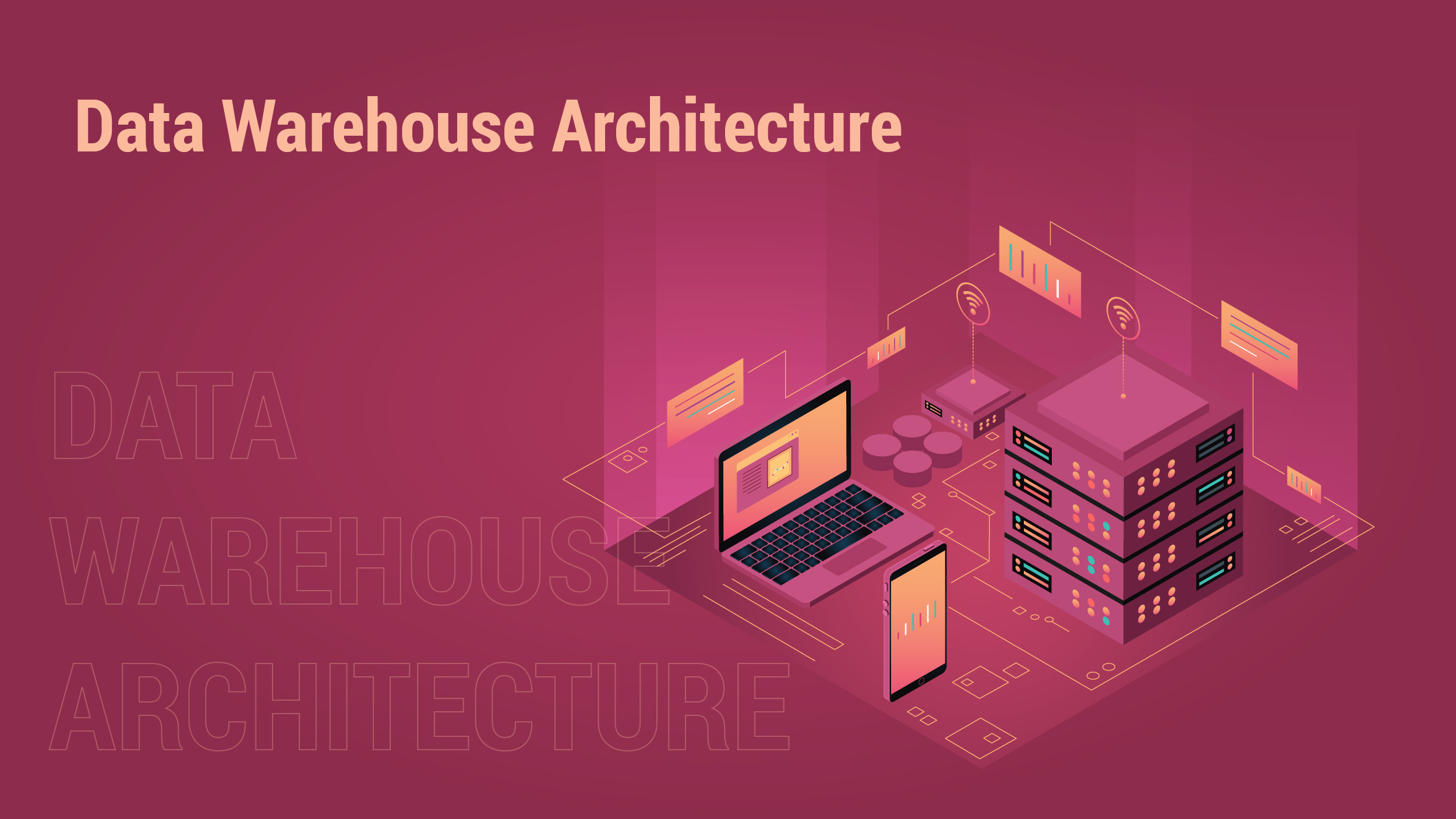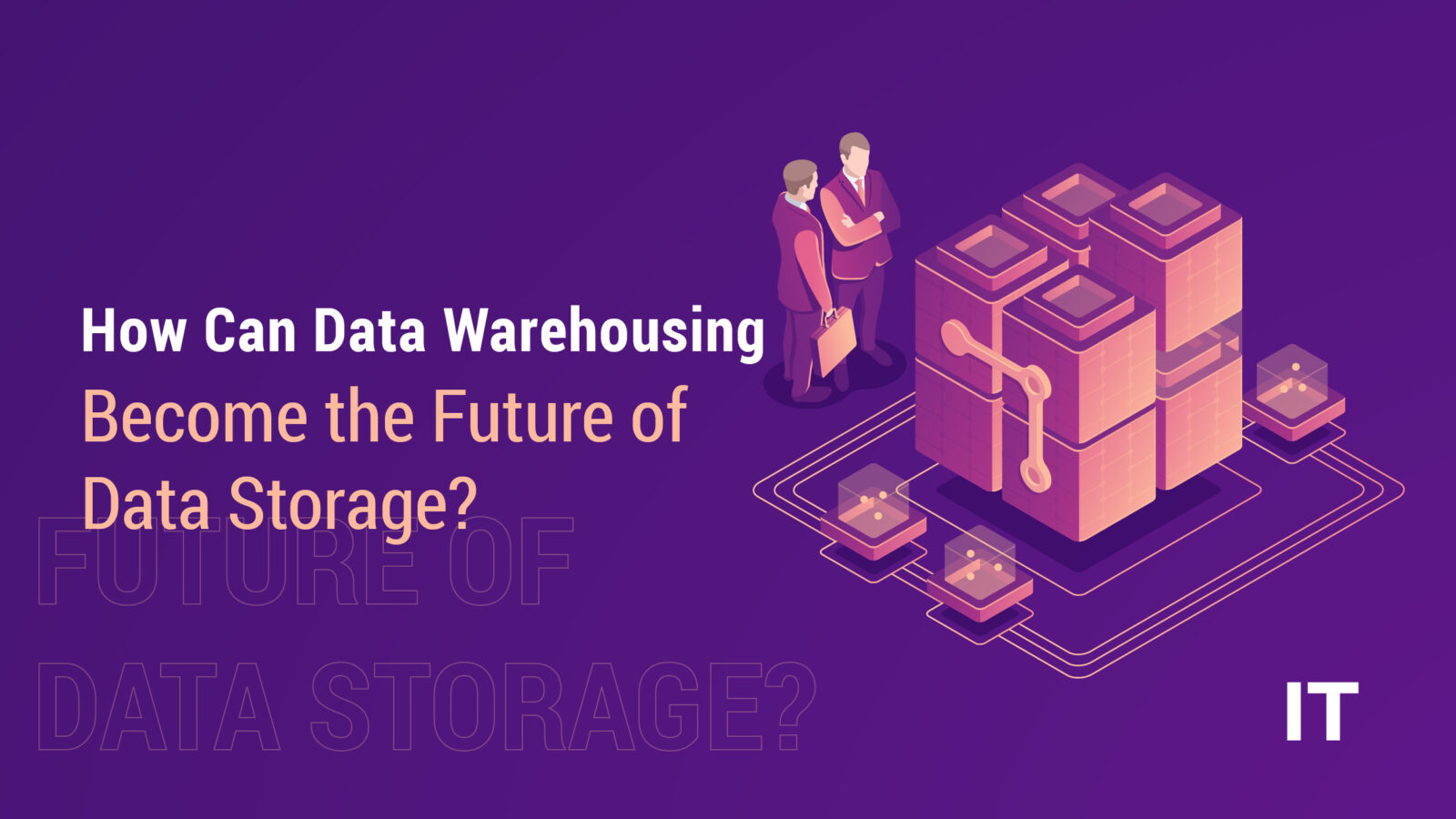Data warehousing plays a vital role in modern business intelligence and analytics by collecting, organizing, and storing large amounts of data from diverse sources in a centralized repository. This data is subsequently transformed, integrated, and optimized for analysis and reporting. This blog aims to explore the key concepts, benefits, and best practices of data warehousing. Whether you’re a business owner, analyst, or IT professional, this introduction will establish a solid foundation for understanding and utilizing this powerful tool to unlock valuable insights and make informed business decisions.
What is Data Warehousing?
A data warehouse, also known as an enterprise data warehouse (EDW), is a centralized system that consolidates data from diverse sources, facilitating comprehensive data analysis, data mining, artificial intelligence (AI), and machine learning. With the use of this system, enterprises can do sophisticated analytics on petabyte-scale historical data volumes. Although data warehousing has been a crucial component of business intelligence (BI) for more than thirty years, changes in data formats and hosting techniques are examples of more recent developments. Traditionally on-premises, often on mainframes, data warehouses extracted, cleansed, prepared, and maintained data in relational databases. In contemporary contexts, data warehouses may be hosted on dedicated appliances or in the cloud, featuring enhanced analytics, data visualization, and presentation tools.
A typical data warehouse comprises:
- Data organization and retention through the utilization of a relational database system.
- An approach to data preparation for analysis that involves extraction, loading, and transformation (ELT).
- Statistical analysis, reporting, and data mining capabilities.
- Tools utilized for client analysis assist in visually representing and transmitting data to the organization.
- Advanced analytical applications employing data science, artificial intelligence (AI) algorithms, graphs, and spatial features for scalable data analysis.
Organizations can opt for solutions that combine transaction processing, real-time analytics, and machine learning in a single MySQL Database service. By utilizing this approach, the elimination of risks, expenses, and complexities associated with the duplication of extract, transform, and load (ETL) is achieved.
History of Data Warehousing
 A brief overview of the development of data warehouse architecture shows that it revolves around a relational database system that is either on-site or hosted in the cloud and functions as a central processing and storage hub. The overall aesthetic of the design is improved through the incorporation of features such as efficient management of metadata and the inclusion of an API connectivity layer. These elements facilitate seamless access to analytics and visualization tools while enabling the retrieval of data from various sources within an organization.
A brief overview of the development of data warehouse architecture shows that it revolves around a relational database system that is either on-site or hosted in the cloud and functions as a central processing and storage hub. The overall aesthetic of the design is improved through the incorporation of features such as efficient management of metadata and the inclusion of an API connectivity layer. These elements facilitate seamless access to analytics and visualization tools while enabling the retrieval of data from various sources within an organization.
The data warehouse, which consists of a central database, ETL tools, metadata, and access tools, has been carefully designed to prioritize speed, guaranteeing quick results and real-time data analysis.
The concept of the data warehouse originated during the 1980s as a solution to address the growing demand for efficient analysis of large amounts of data generated and stored by emerging business applications. Initially utilized by database admins to extract, transform, and load data from operational systems, the architecture witnessed widespread adoption as more individuals within companies leveraged it for accessing structured data. Metadata gained significance, and SQL (structured query language) became the predominant means of interacting with data, particularly for reporting and dashboarding.
Benefits of Data Warehousing
Data warehousing presents a comprehensive advantage by enabling organizations to analyze large and diverse datasets, extracting substantial value, and maintaining a historical record. This overarching benefit is facilitated by four distinctive characteristics, as articulated by computer scientist William Inmon, recognized as the progenitor of the data warehouse concept:
- Subject-oriented: Data warehouses focus on analyzing data related to specific subjects or functional areas, such as sales.
- Integrated: They establish consistency across various data types originating from disparate sources.
- Nonvolatile: Once data is in a data warehouse, it remains stable and does not change.
- Time-variant: Data warehouse analysis is oriented towards examining changes over time.
A well-constructed data warehouse excels in swift query performance, offers high data throughput, and affords flexibility for end users to analyze data at various levels of granularity. This adaptability meets diverse demands, whether at a broad overview or an intricate, detailed level. The data warehouse serves as a foundational element for middleware Business Intelligence (BI) environments, furnishing end users with reports, dashboards, and interfaces.
Data Warehouse Architecture
 The structure of a data warehouse is tailored to the specific requirements of the organization. Common architectures include:
The structure of a data warehouse is tailored to the specific requirements of the organization. Common architectures include:
- Simple: All data warehouses follow a fundamental design where metadata, summary data, and raw data are stored in the central repository. Data flows from sources to the repository, and end users access it for analysis, reporting, and mining.
- Simple with a Staging Area: Operational data undergoes cleaning and processing before entering the warehouse. Some data warehouses incorporate a staging area to facilitate data preparation before storage.
- Hub and Spoke: Introducing data marts between the central repository and end users enables organizations to customize the data warehouse for different lines of business. Once data is ready for use, it is transferred to the relevant data mart.
- Sandboxes: Sandboxes serve as private, secure areas that allow companies to explore new datasets or analytical approaches informally. They provide a space for quick exploration without adhering to the formal rules and protocols of the data warehouse.
Traditional Data Warehouse vs. Cloud Data Warehousing
Traditional data warehouses, hosted on-premises, face limitations in capturing and storing data, making them unsuitable for real-time analysis and spontaneous queries. Scaling them is costly because significant expenditures in software and hardware are needed. These warehouses handle storage constraints by swiftly transforming and discarding data.
On the other hand, the dynamic field of data analytics requires strong solutions that can handle, store, and analyze many kinds of data from different sources within different businesses. Cloud-based data warehouses address these challenges, offering scalability, reliability, security, and flexibility for various data types and big data use cases. They provide instant scalability, powerful data processing, and predictable costs, making them a preferred choice for enterprises. The limitations of conventional warehouses are eliminated by fully managed cloud data warehouses, which also improve their capacity to handle sophisticated analytical queries. The cloud environment ensures flexibility, lower upfront costs, and shorter lead times.
Winding Up
Data warehousing is a crucial tool for modern businesses, enabling efficient management and analysis of vast data. It ensures quality, security, and scalability by combining, integrating, and transforming data. As technology advances, data warehousing offers opportunities for cloud-based solutions, real-time analytics, and artificial intelligence, empowering organizations to unlock hidden patterns.

































